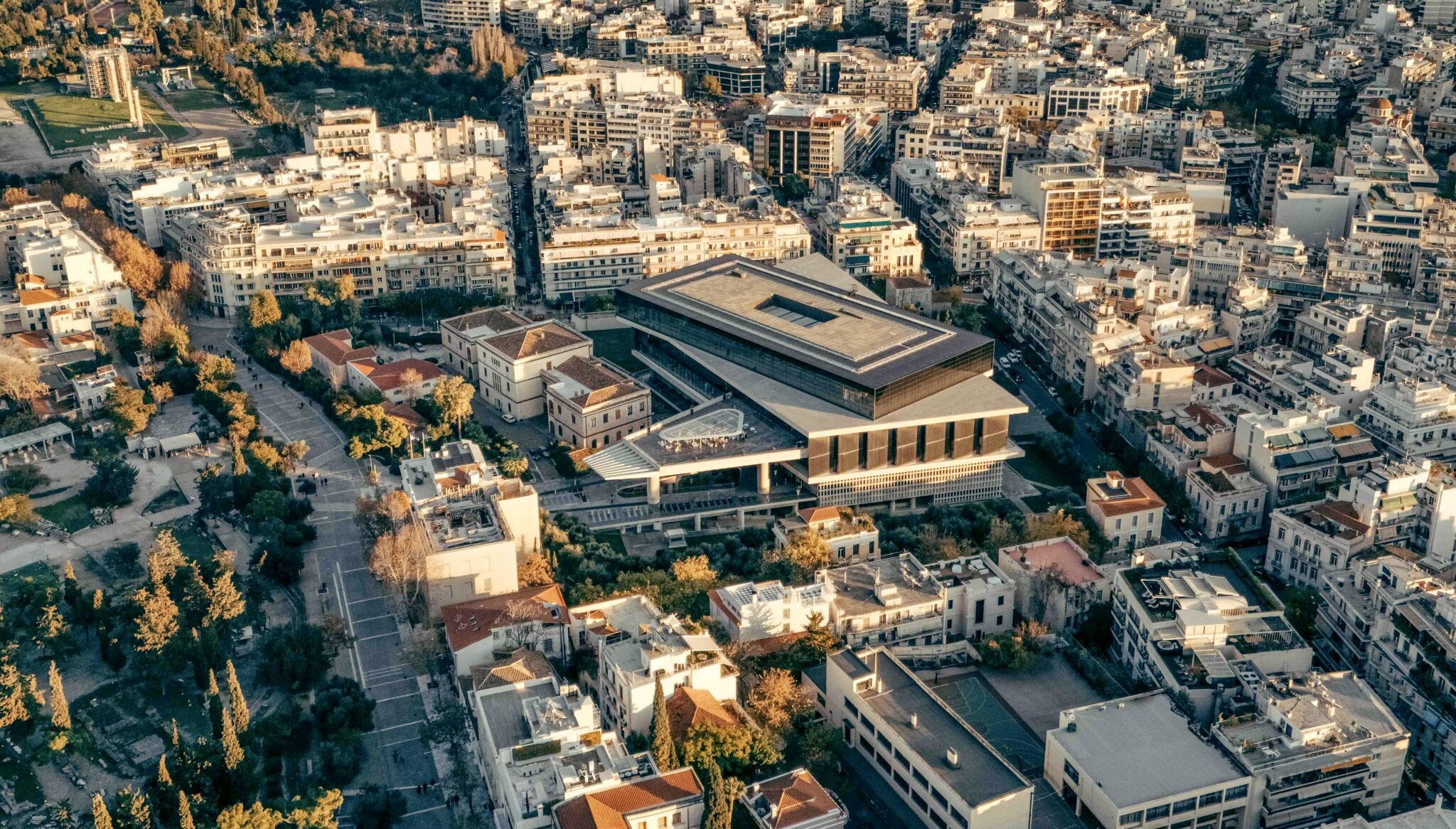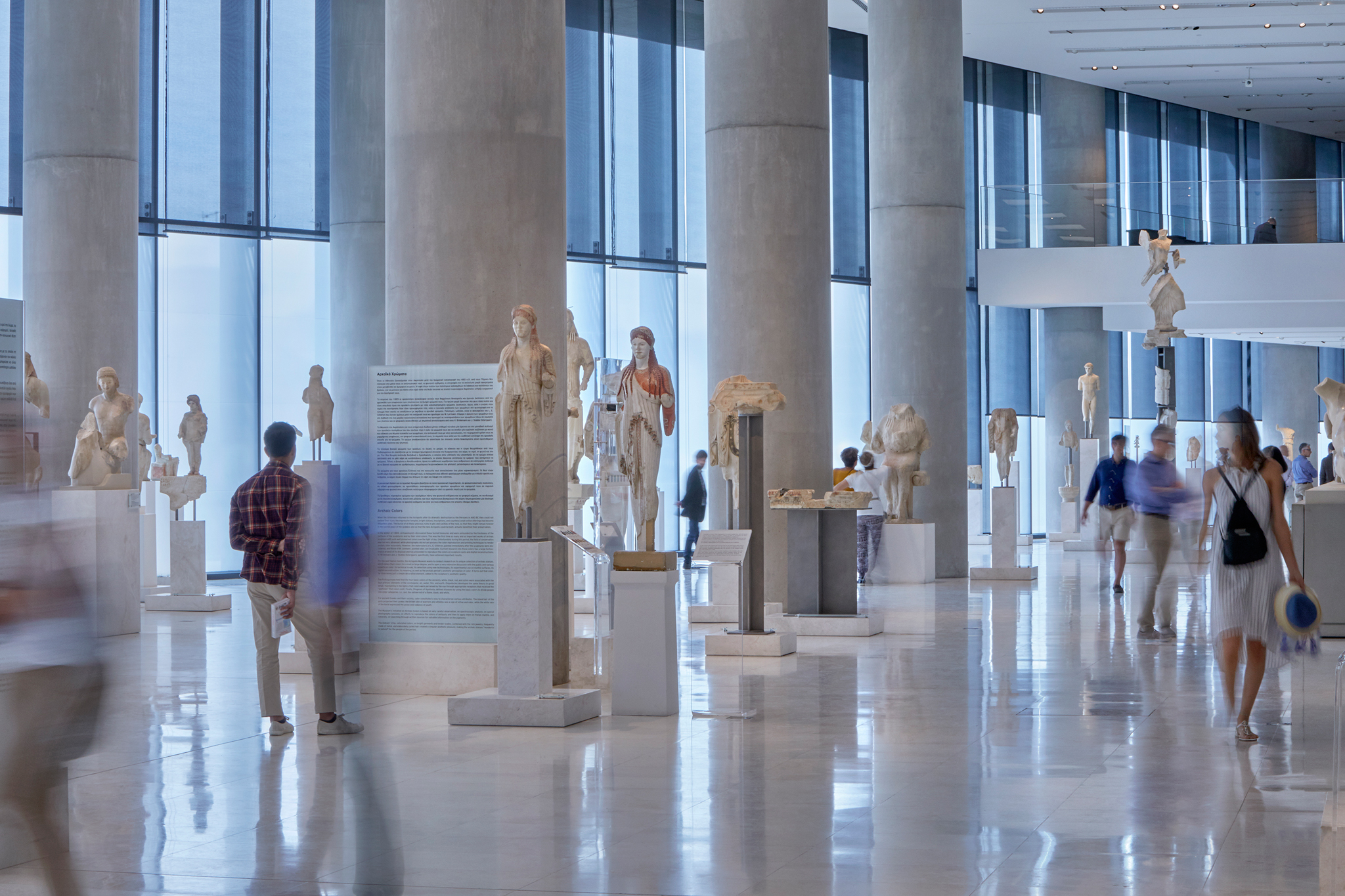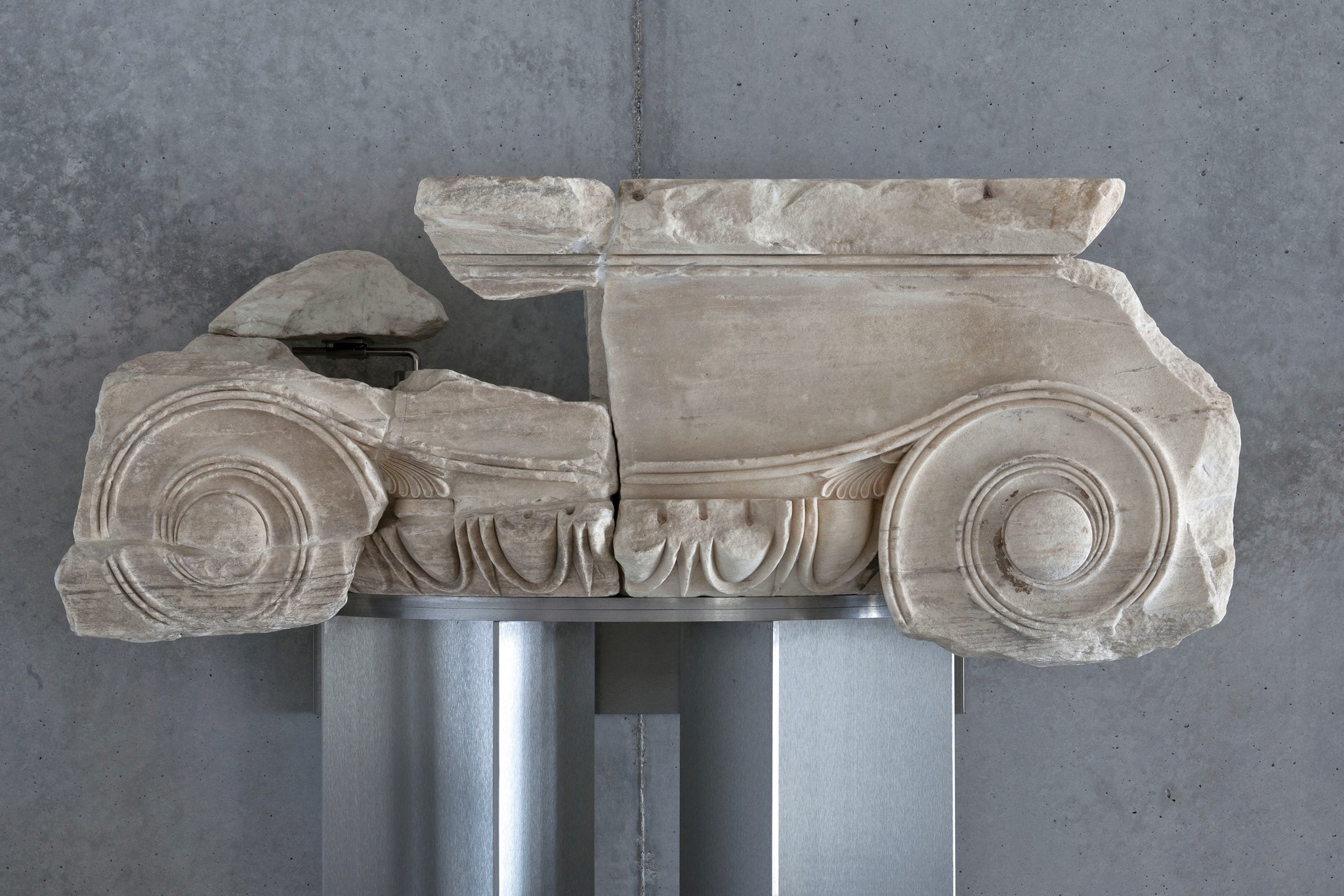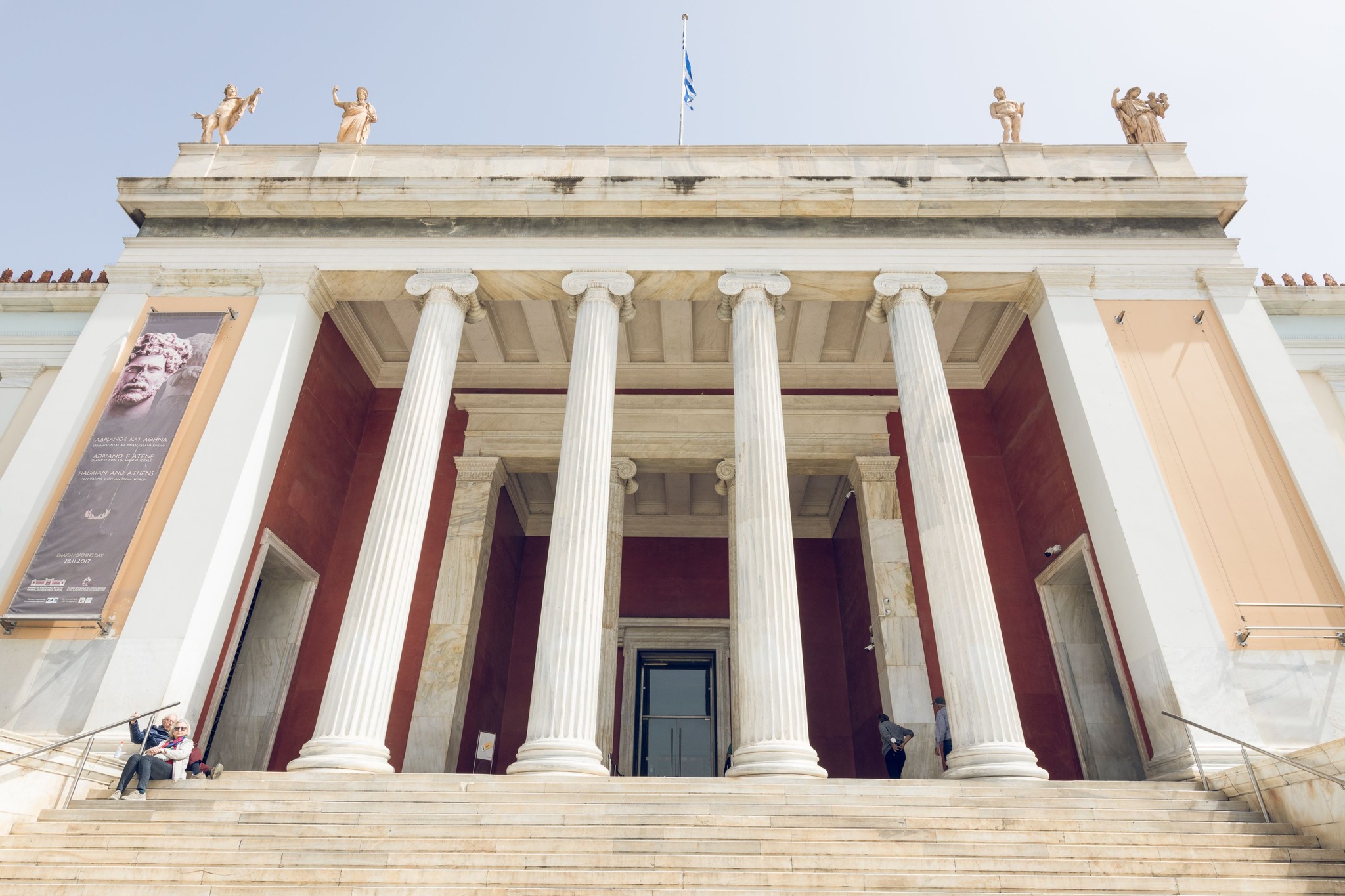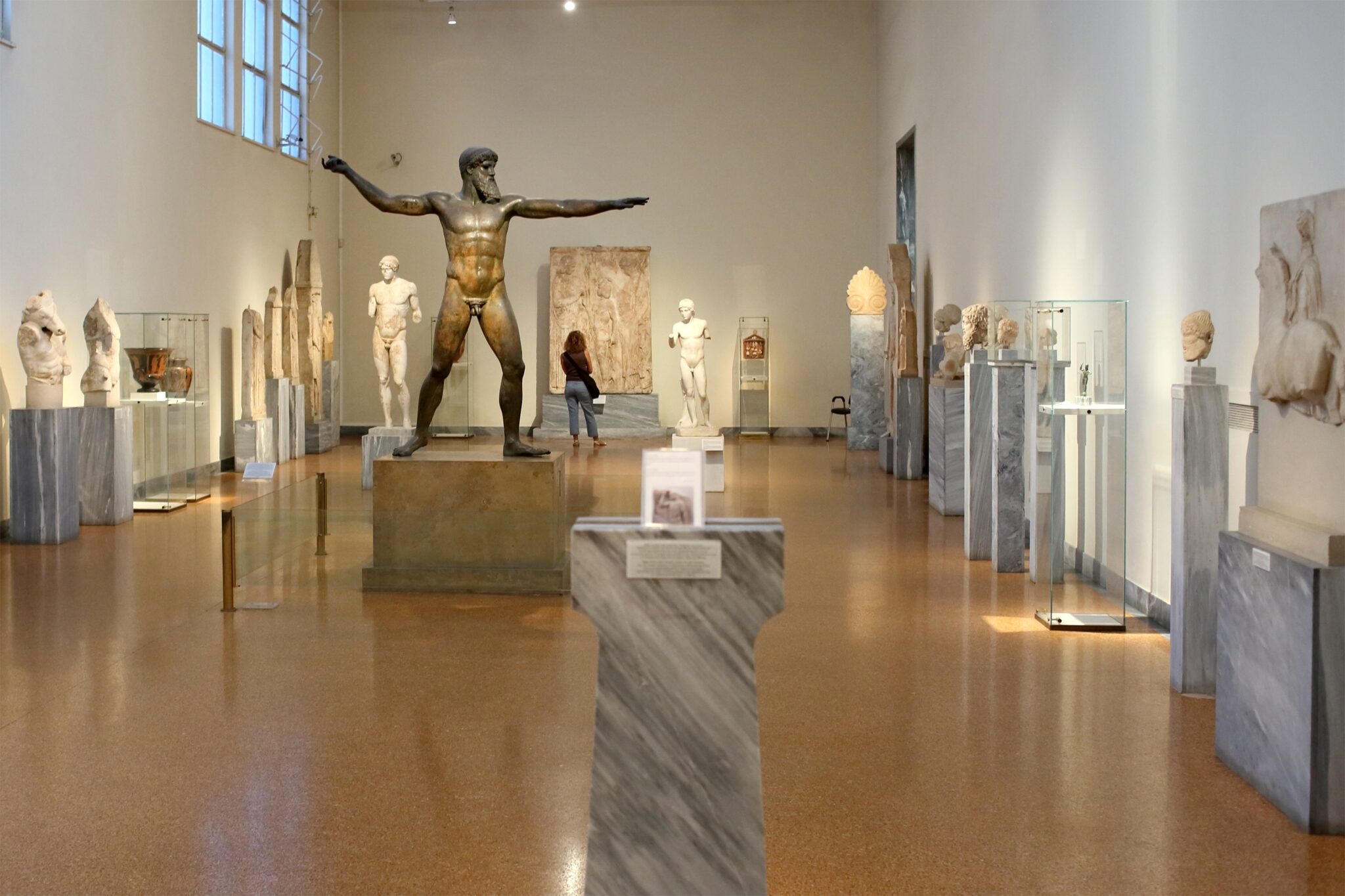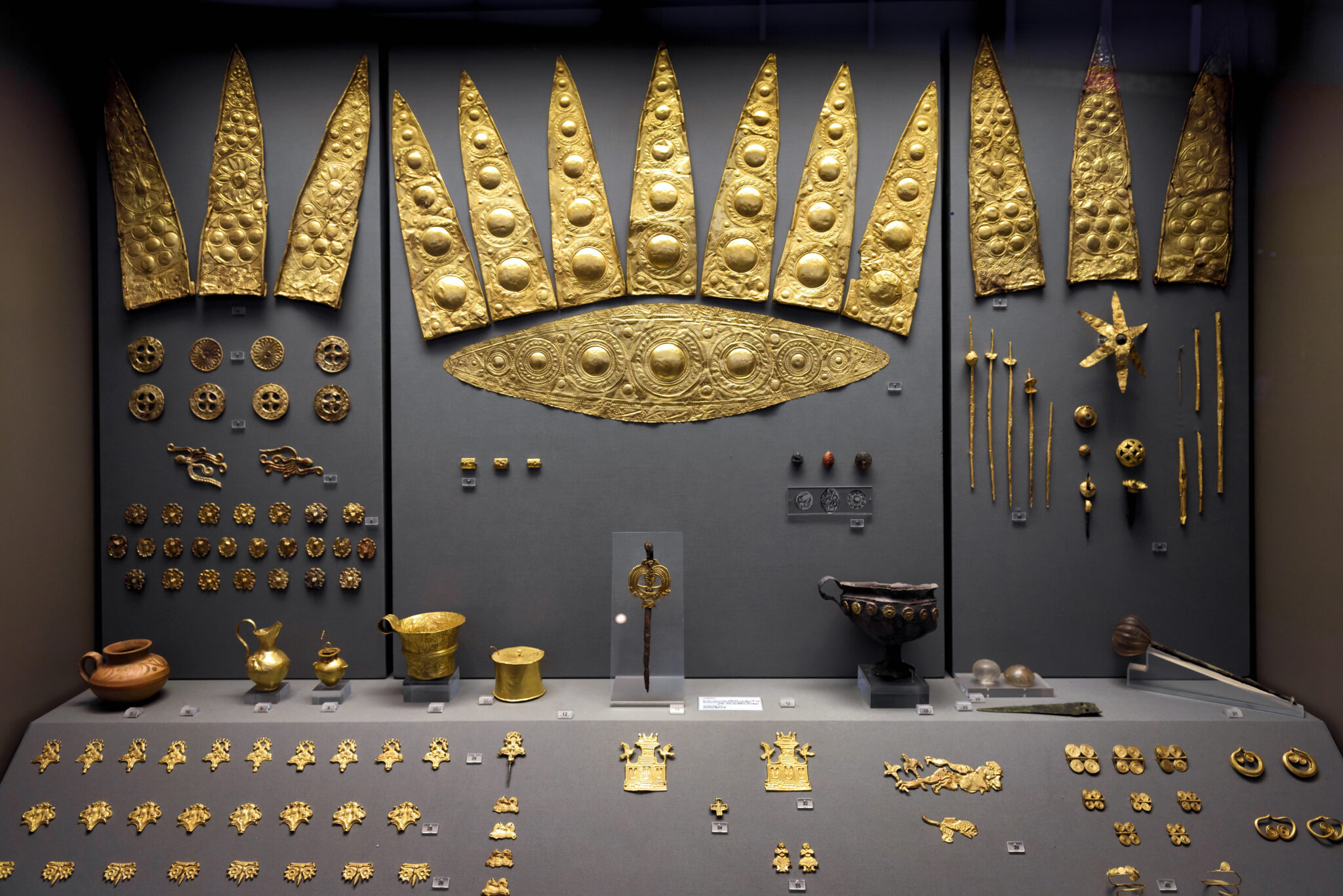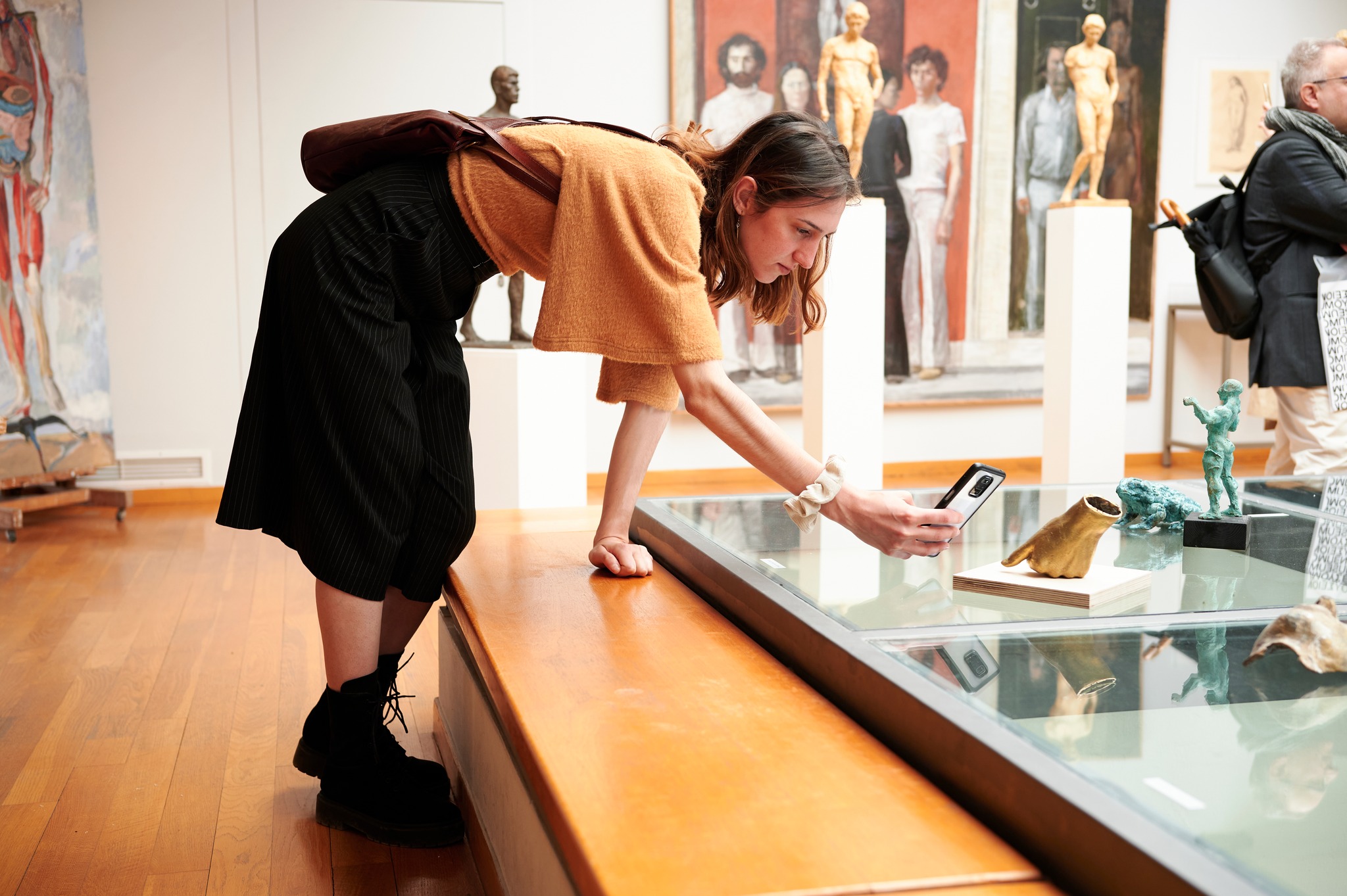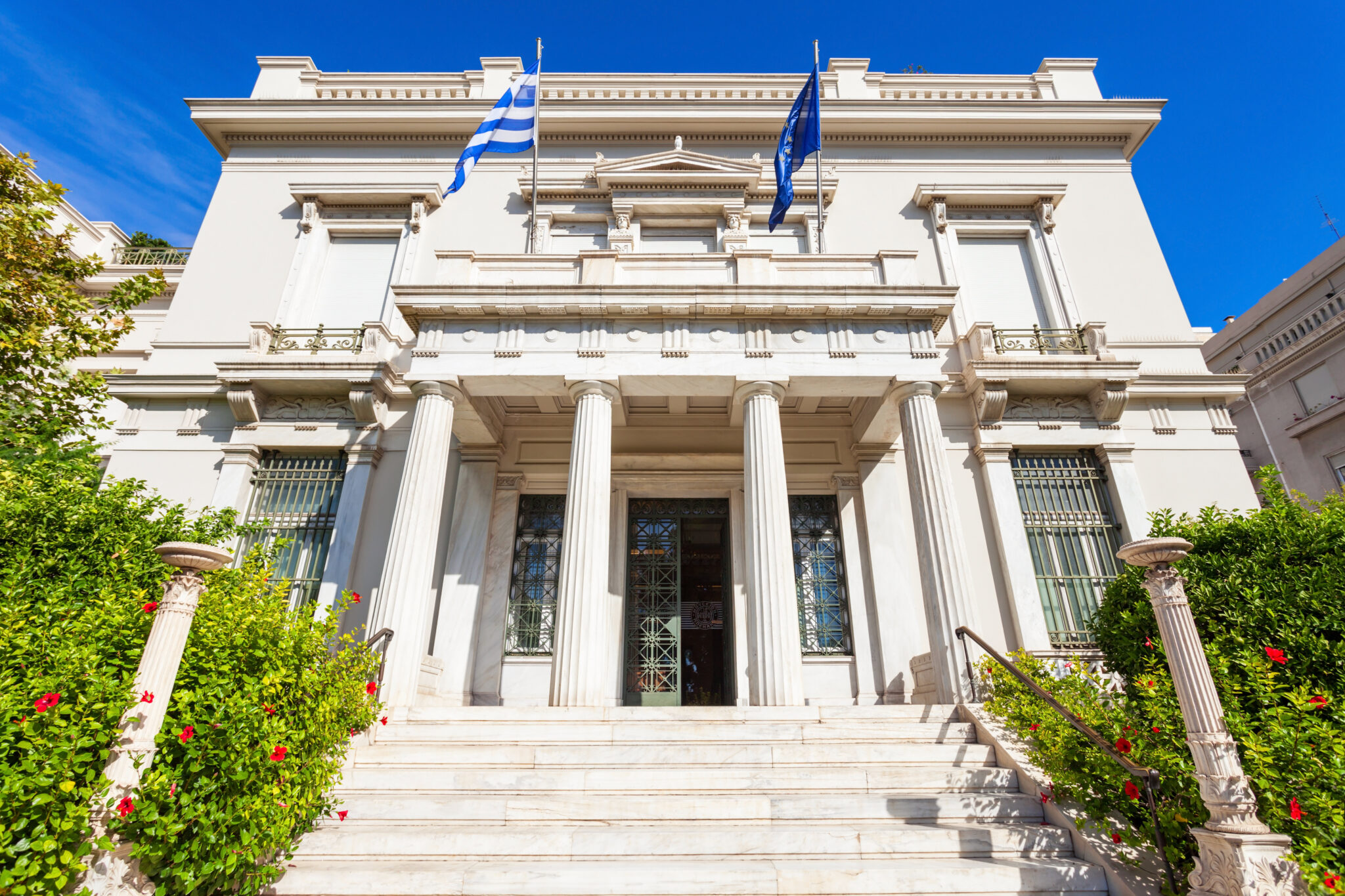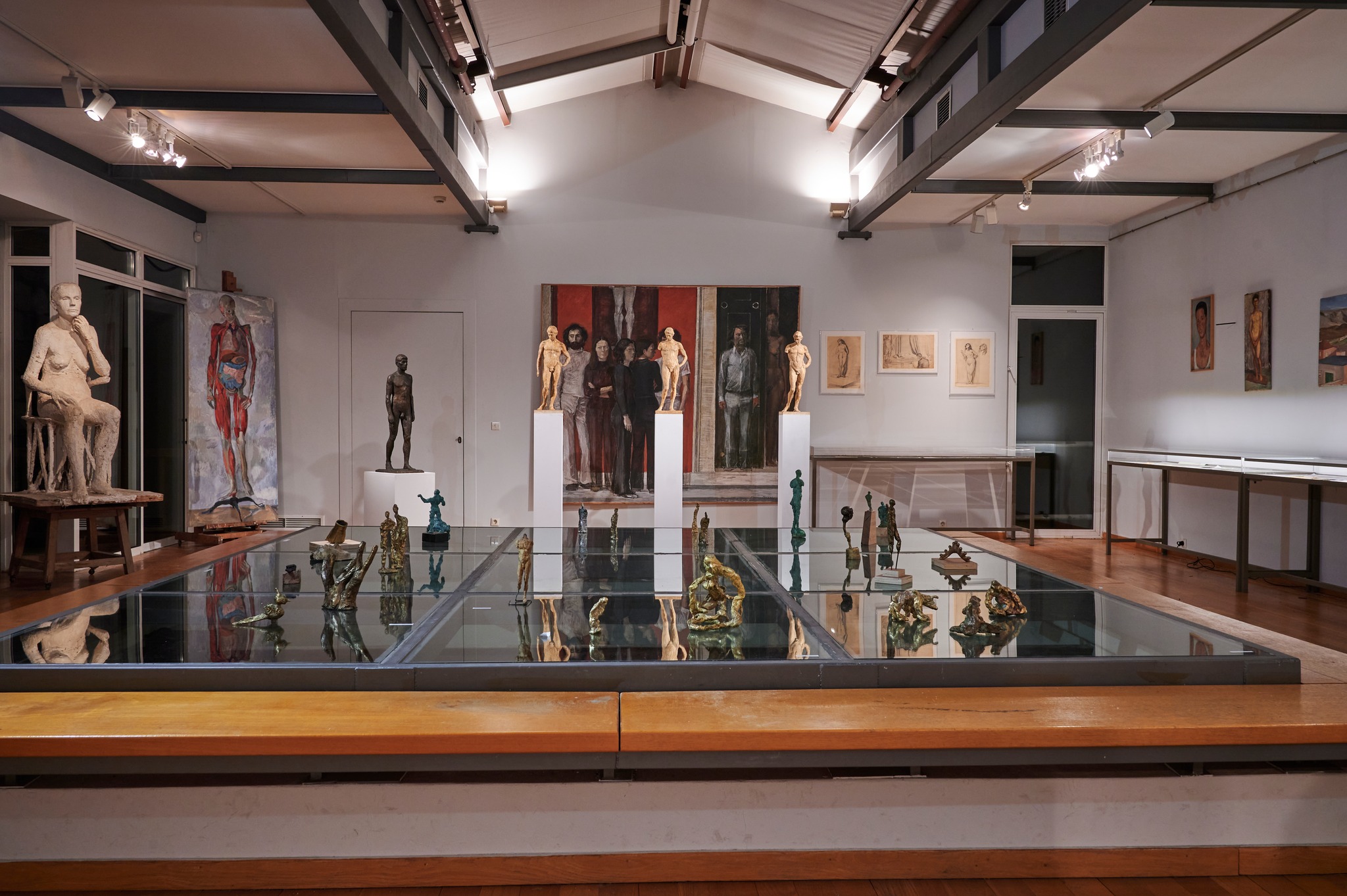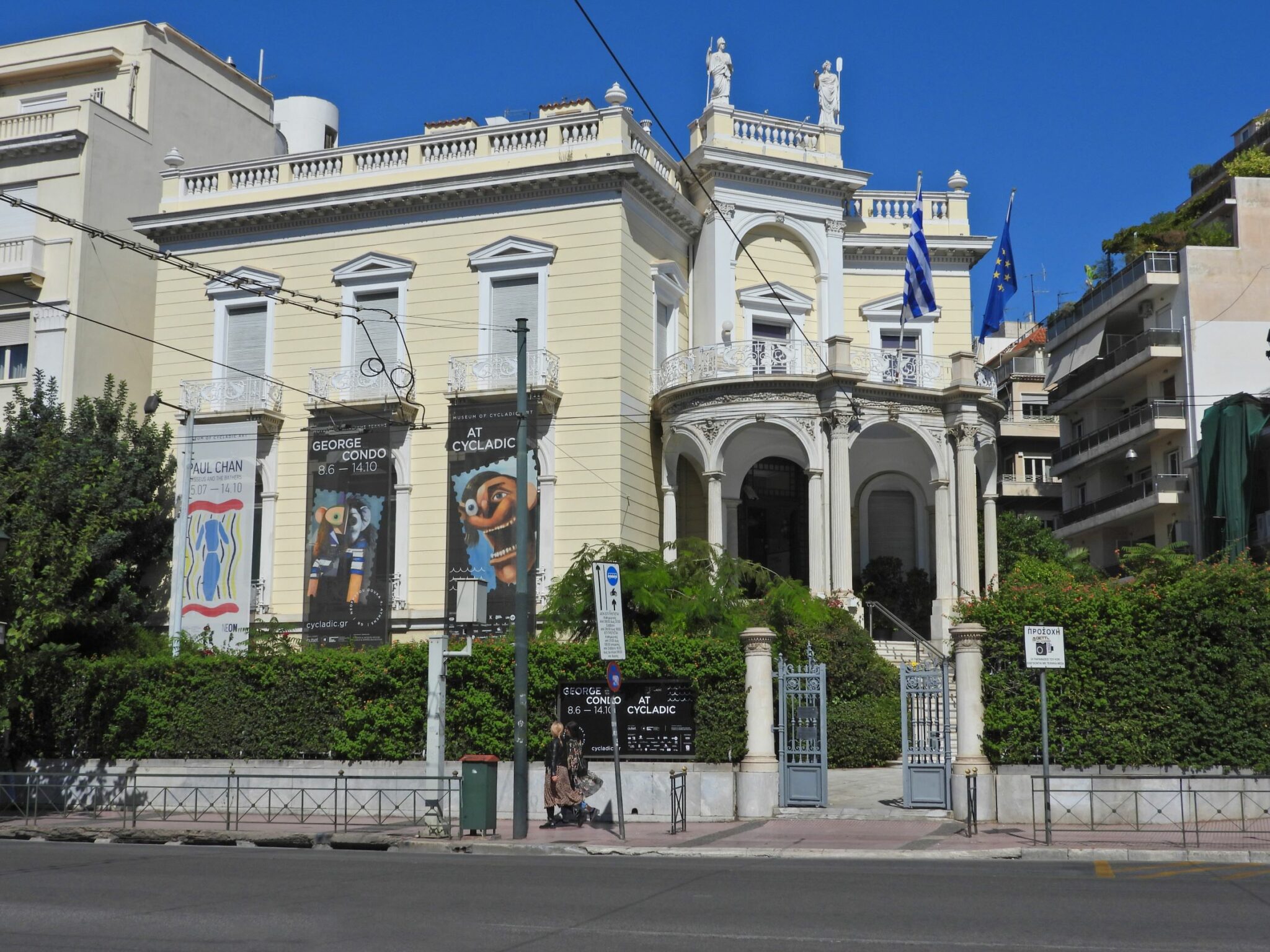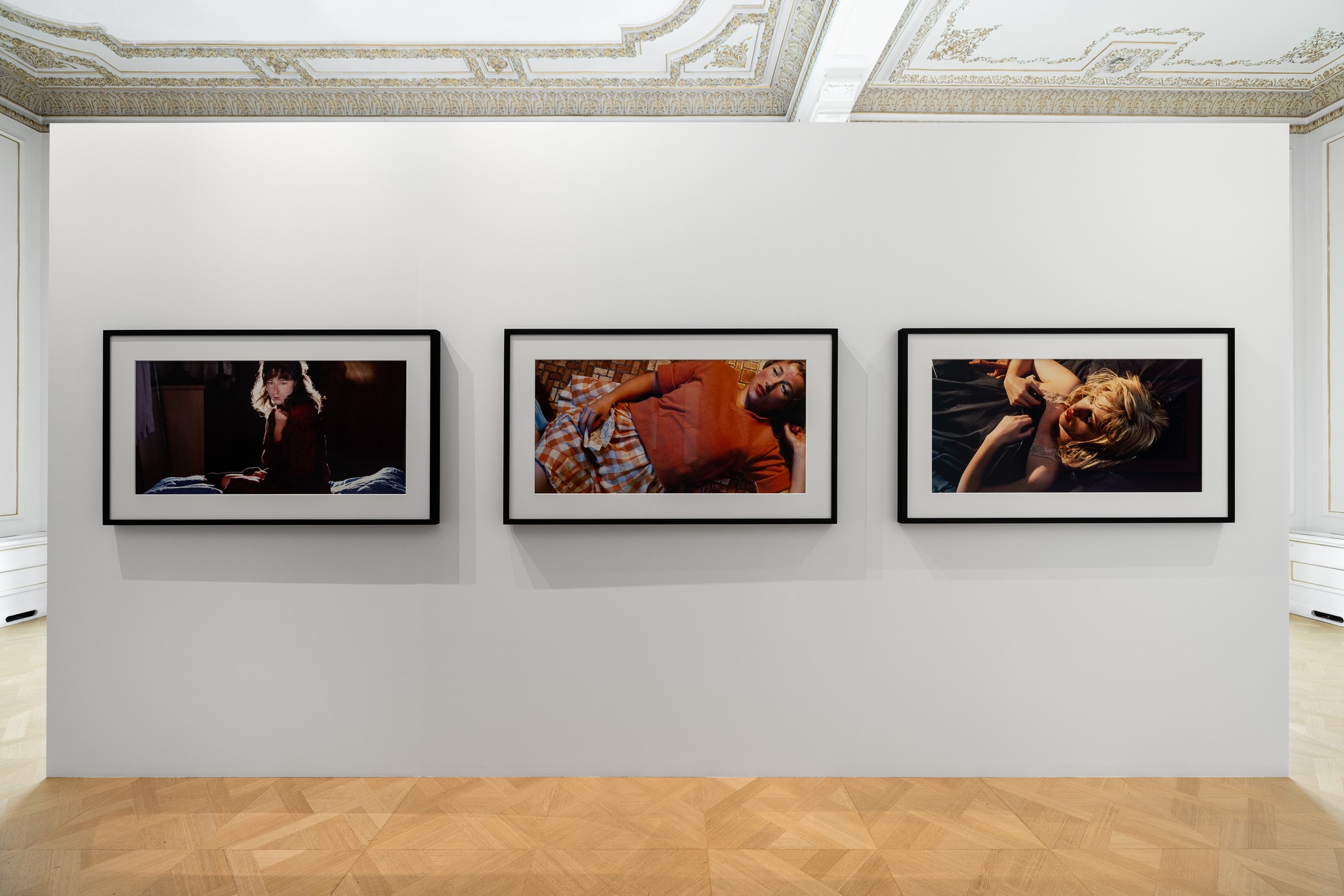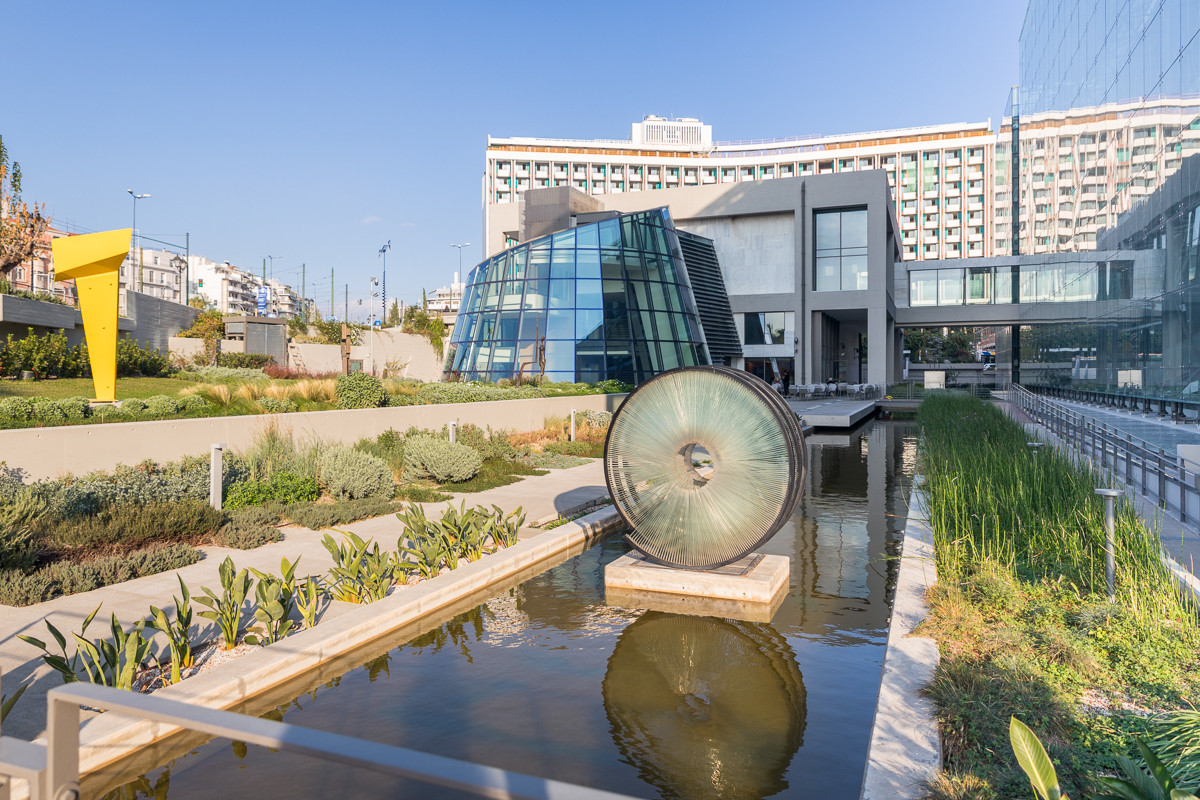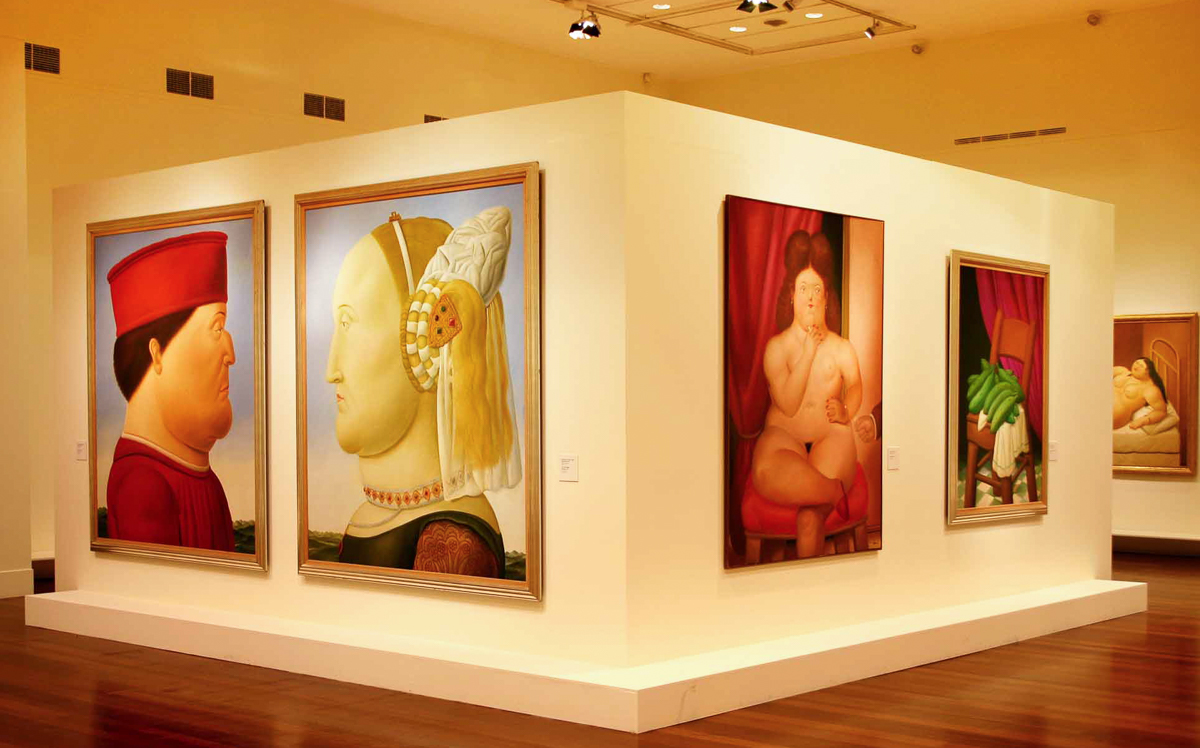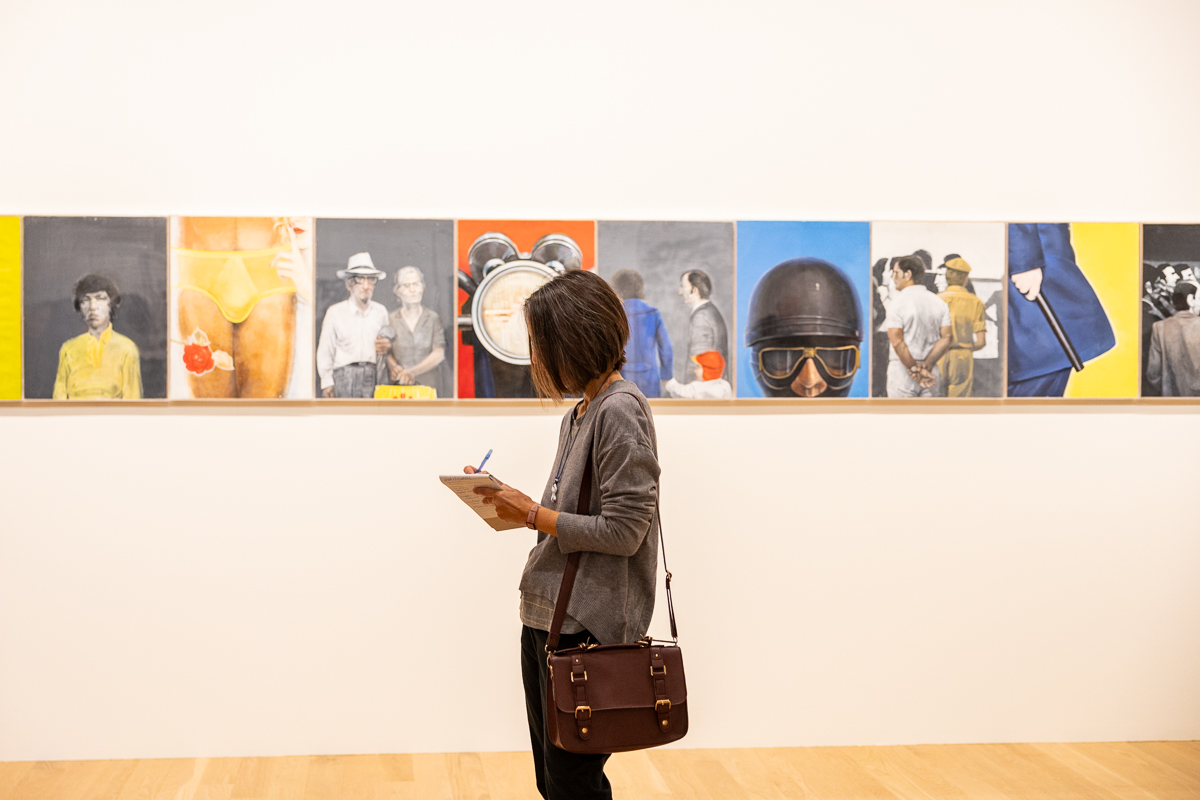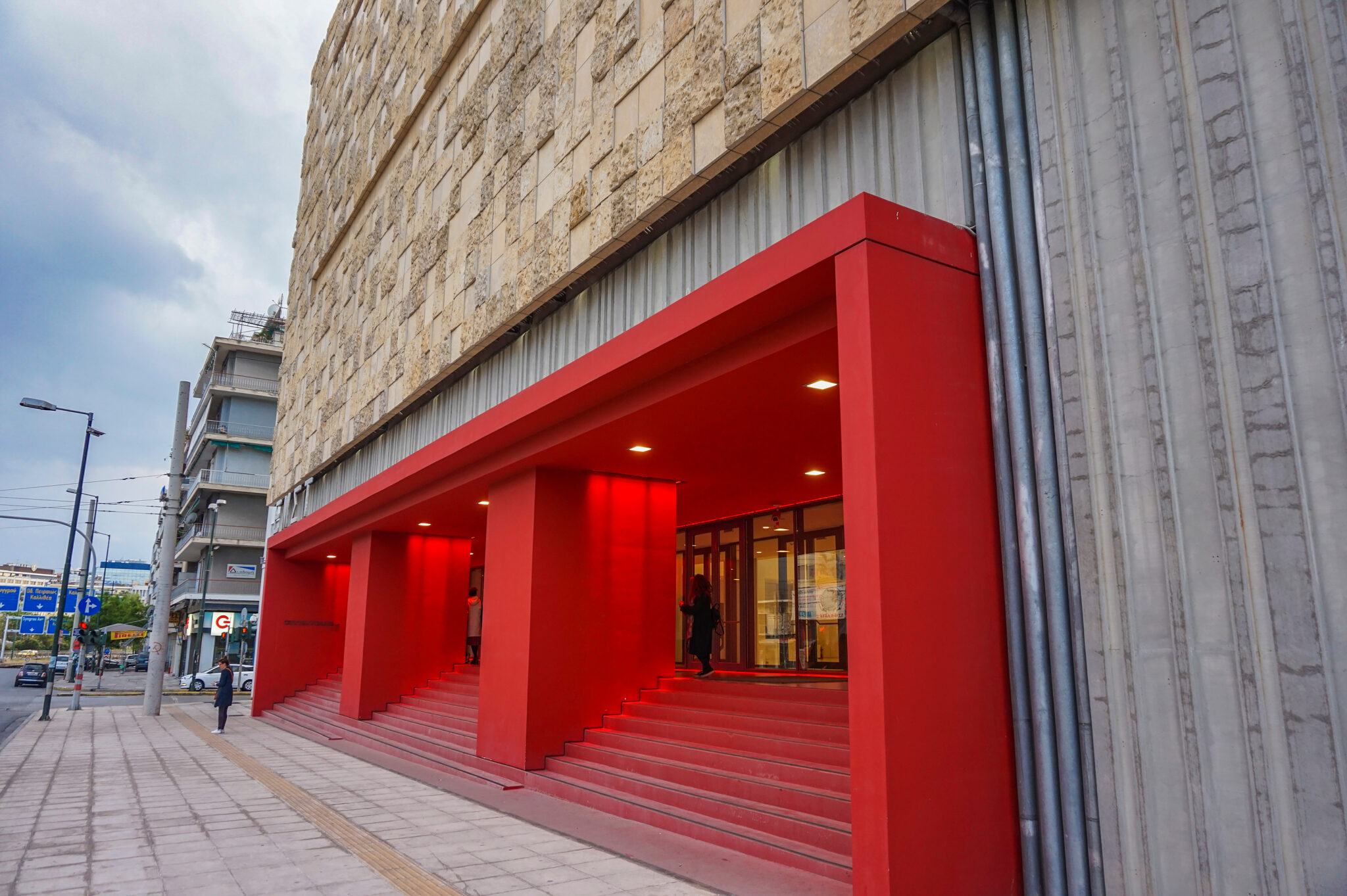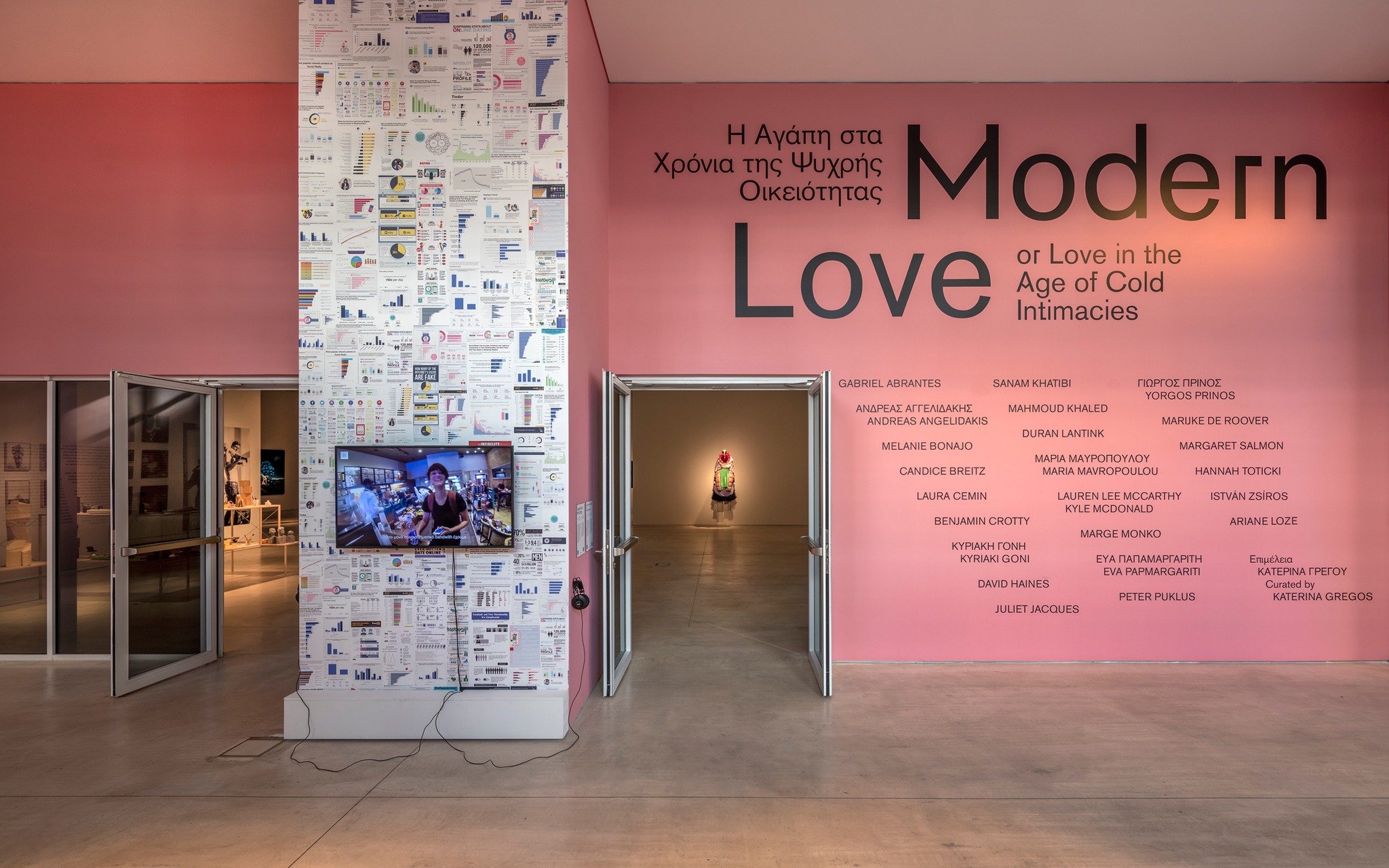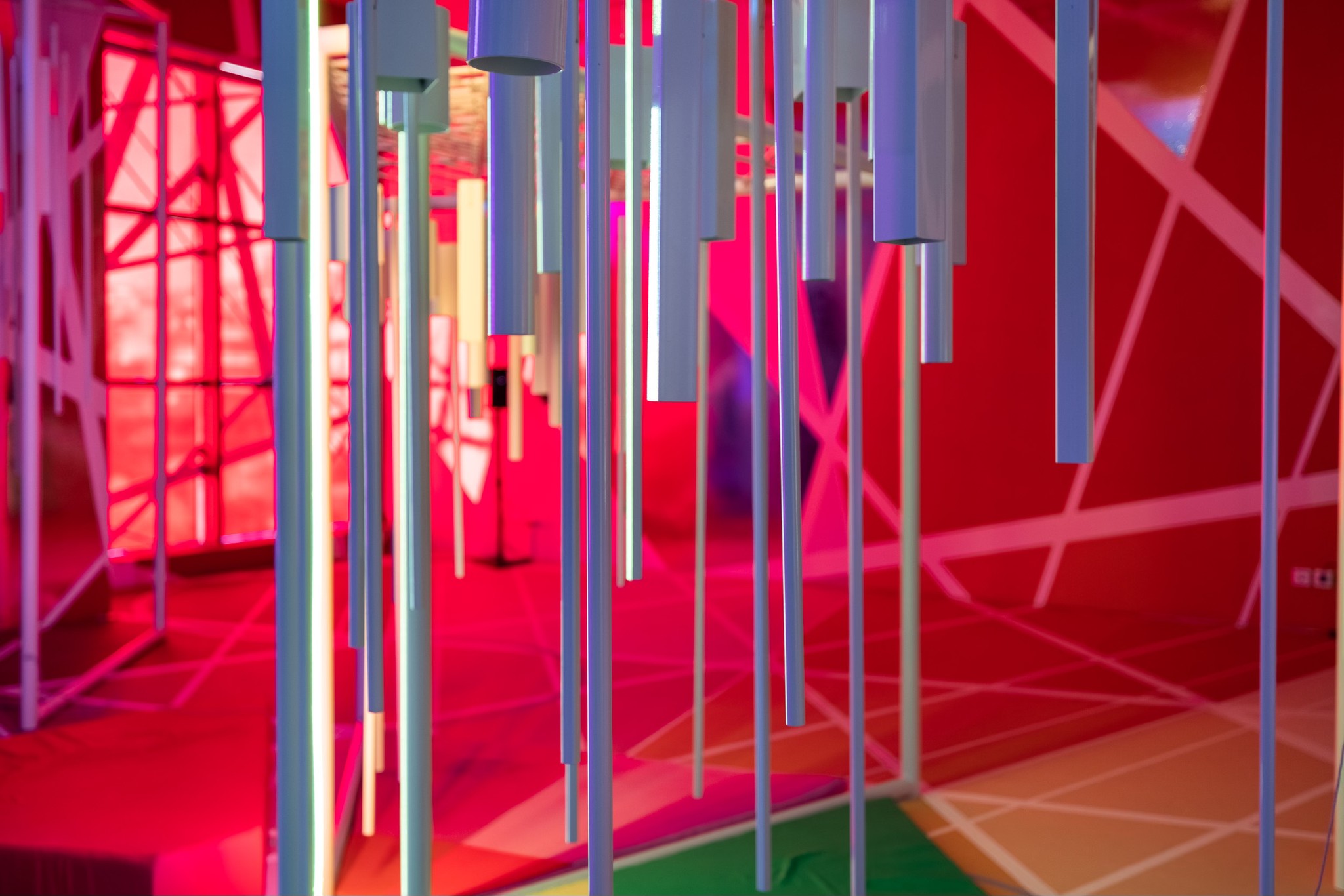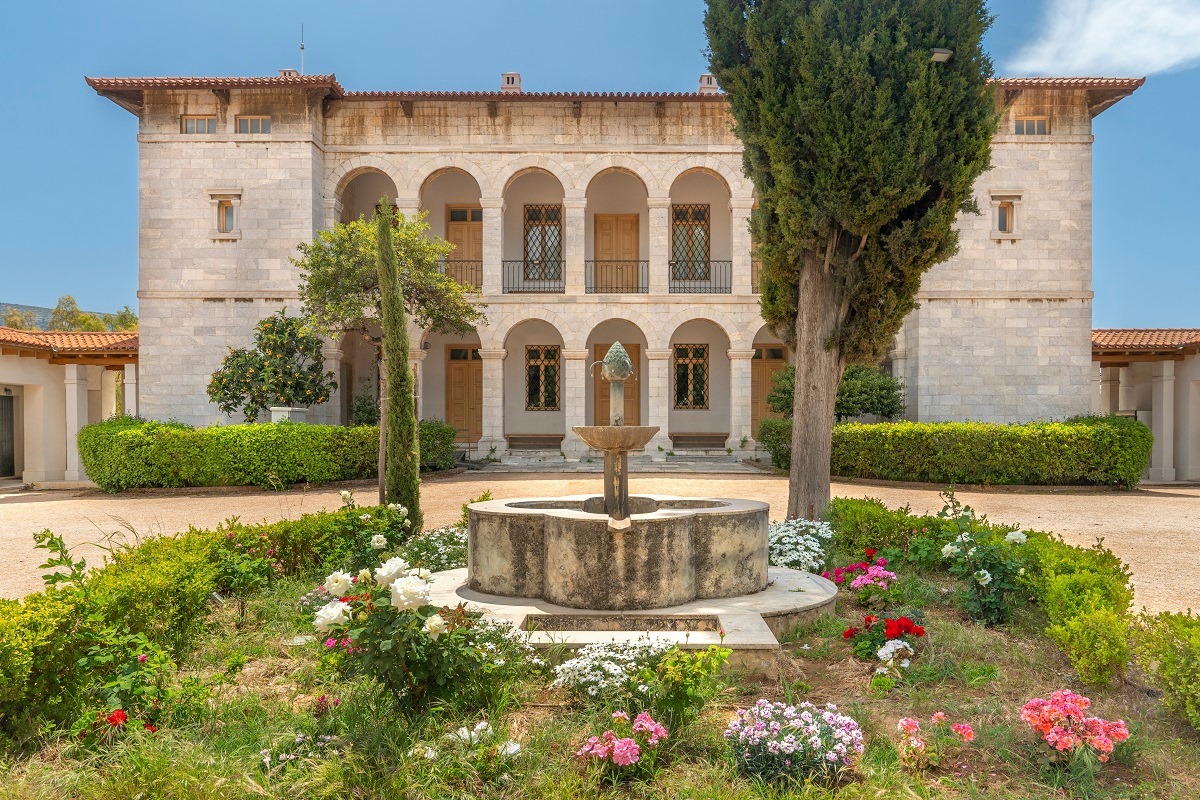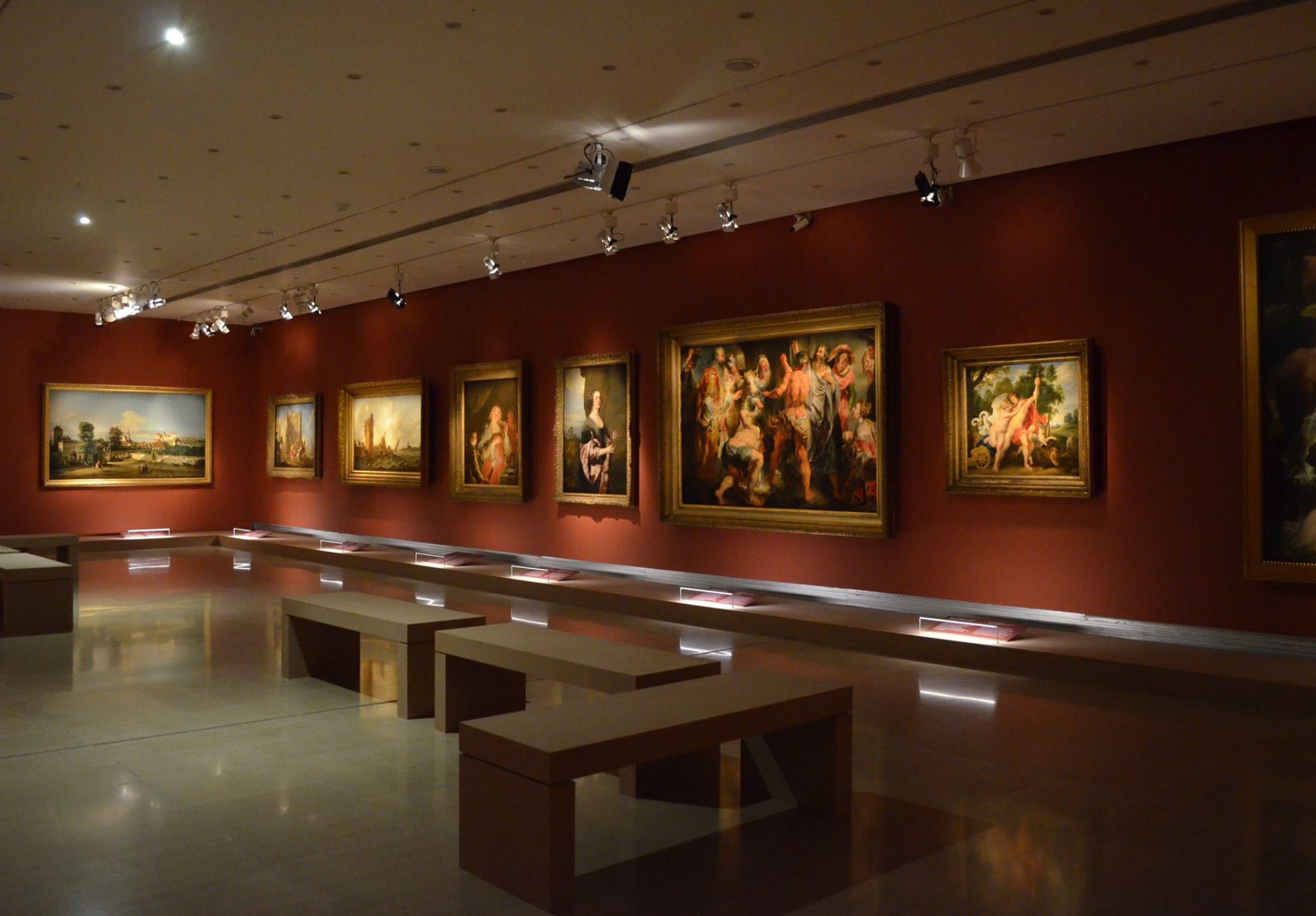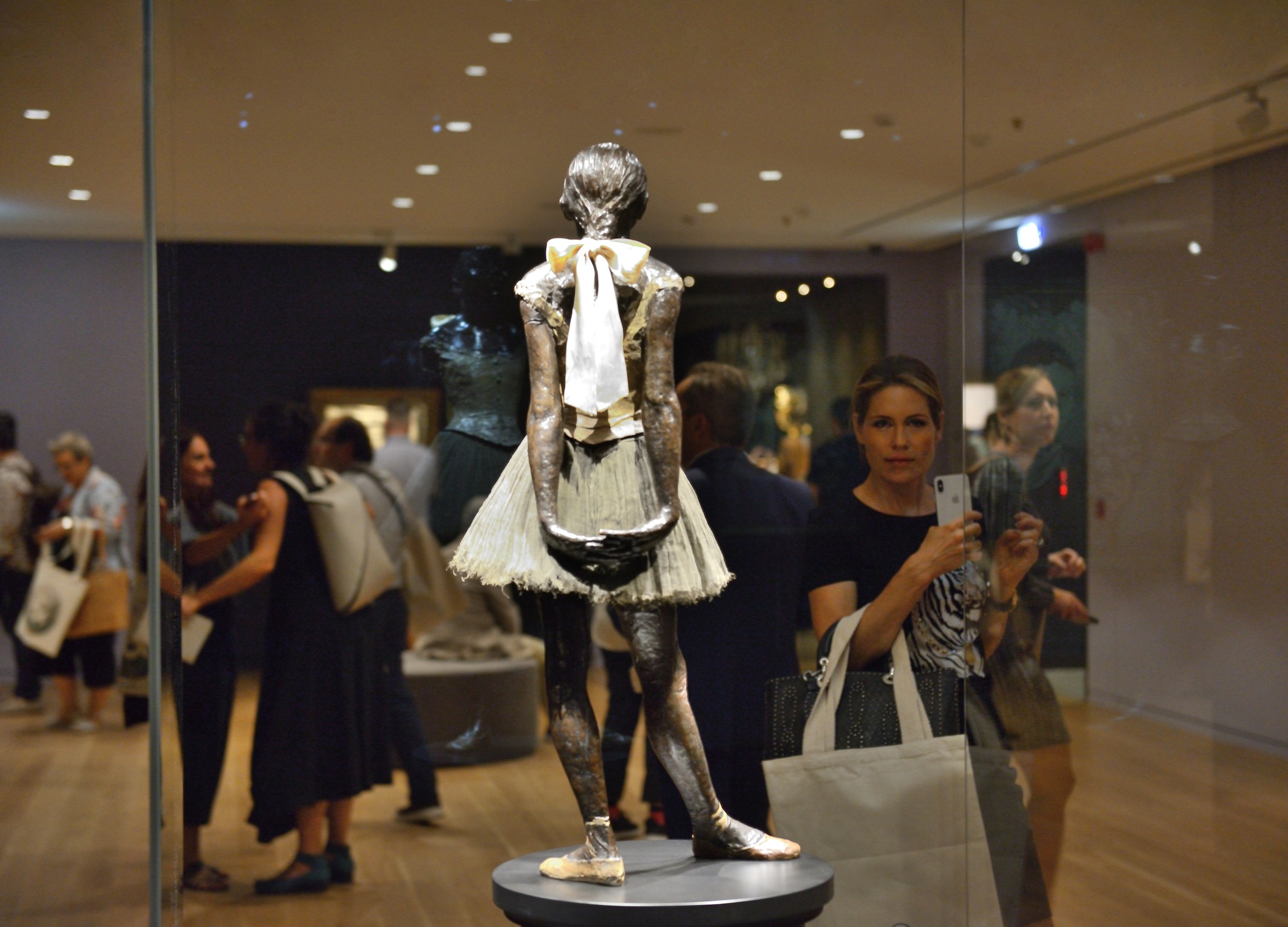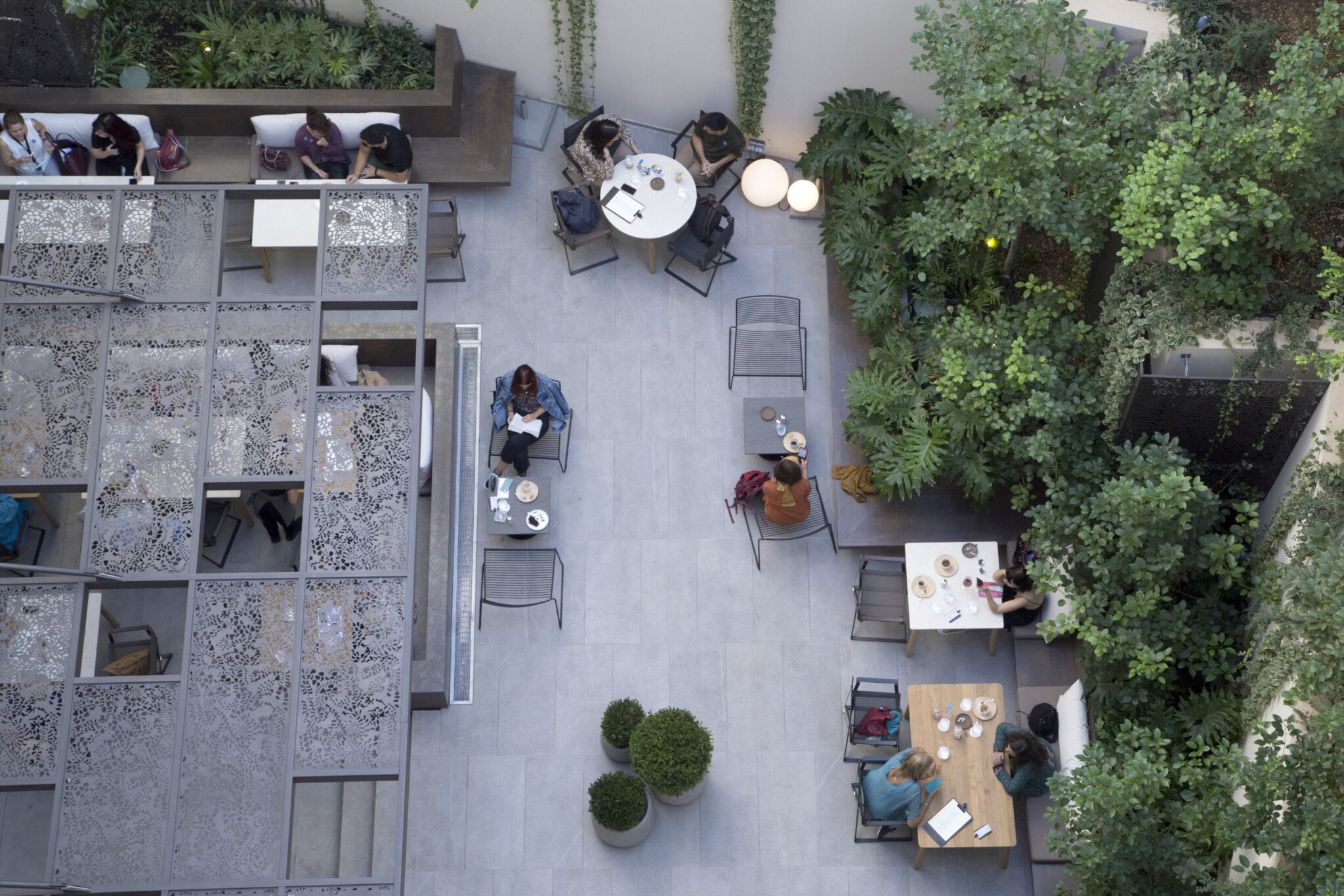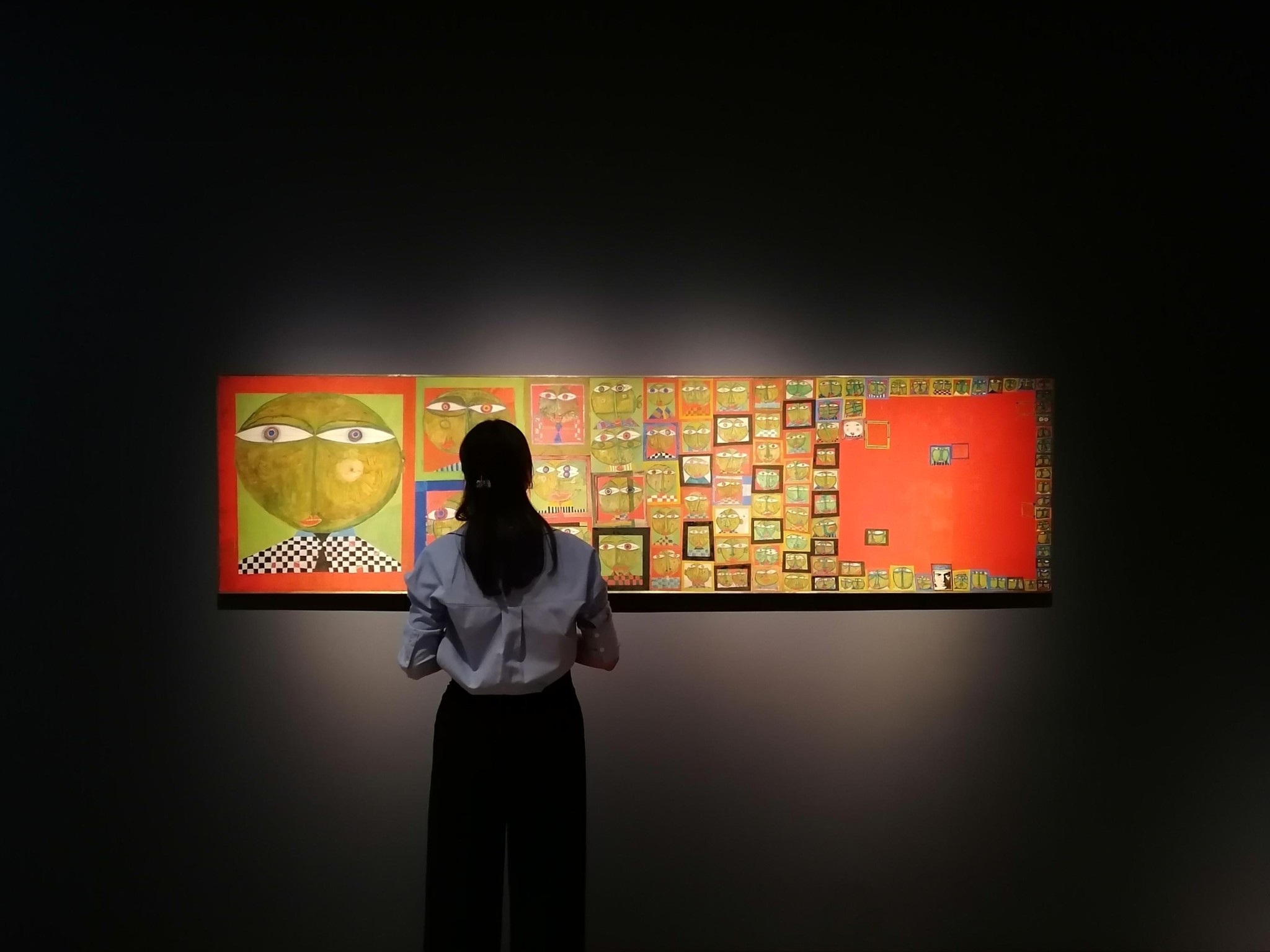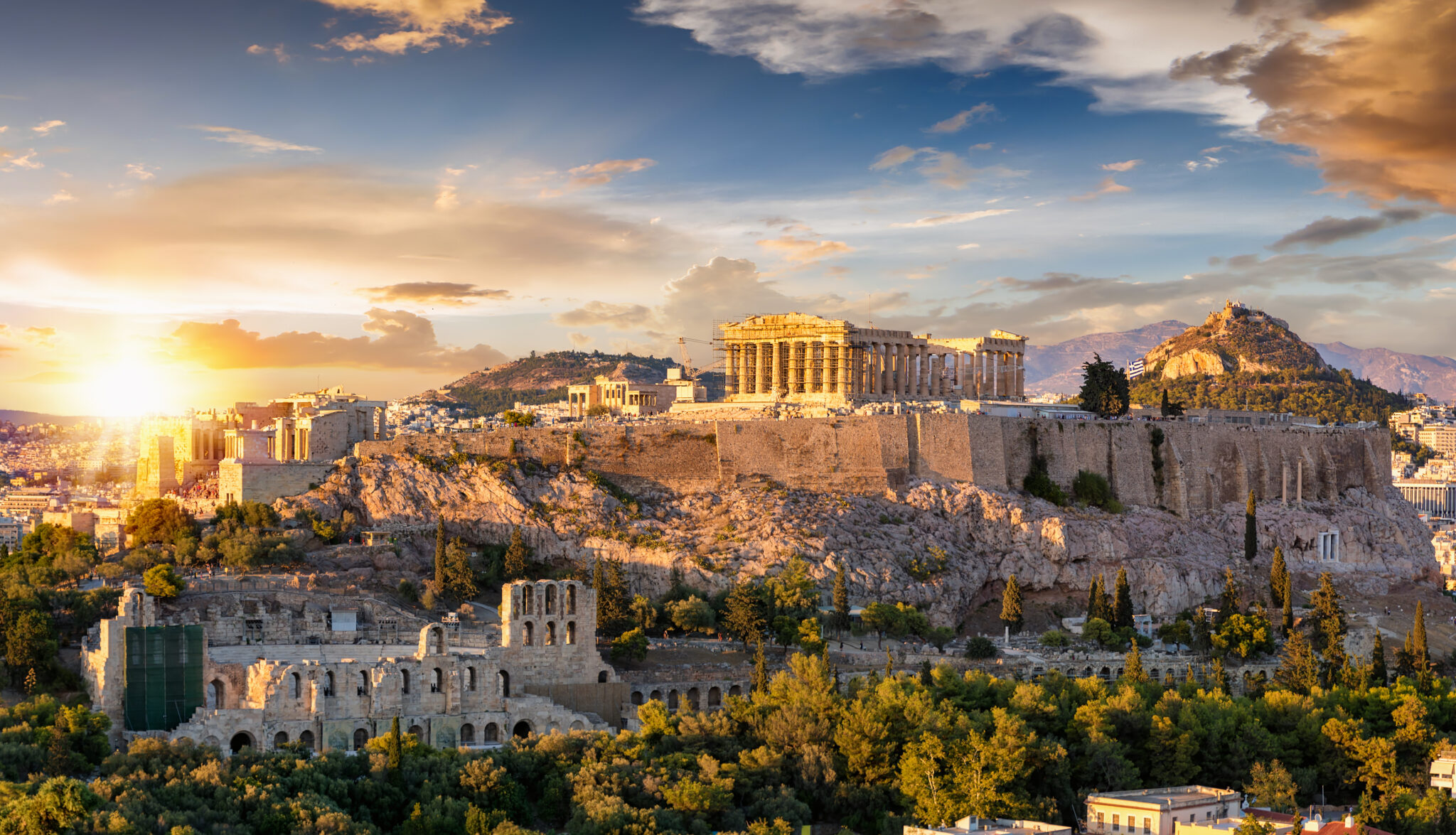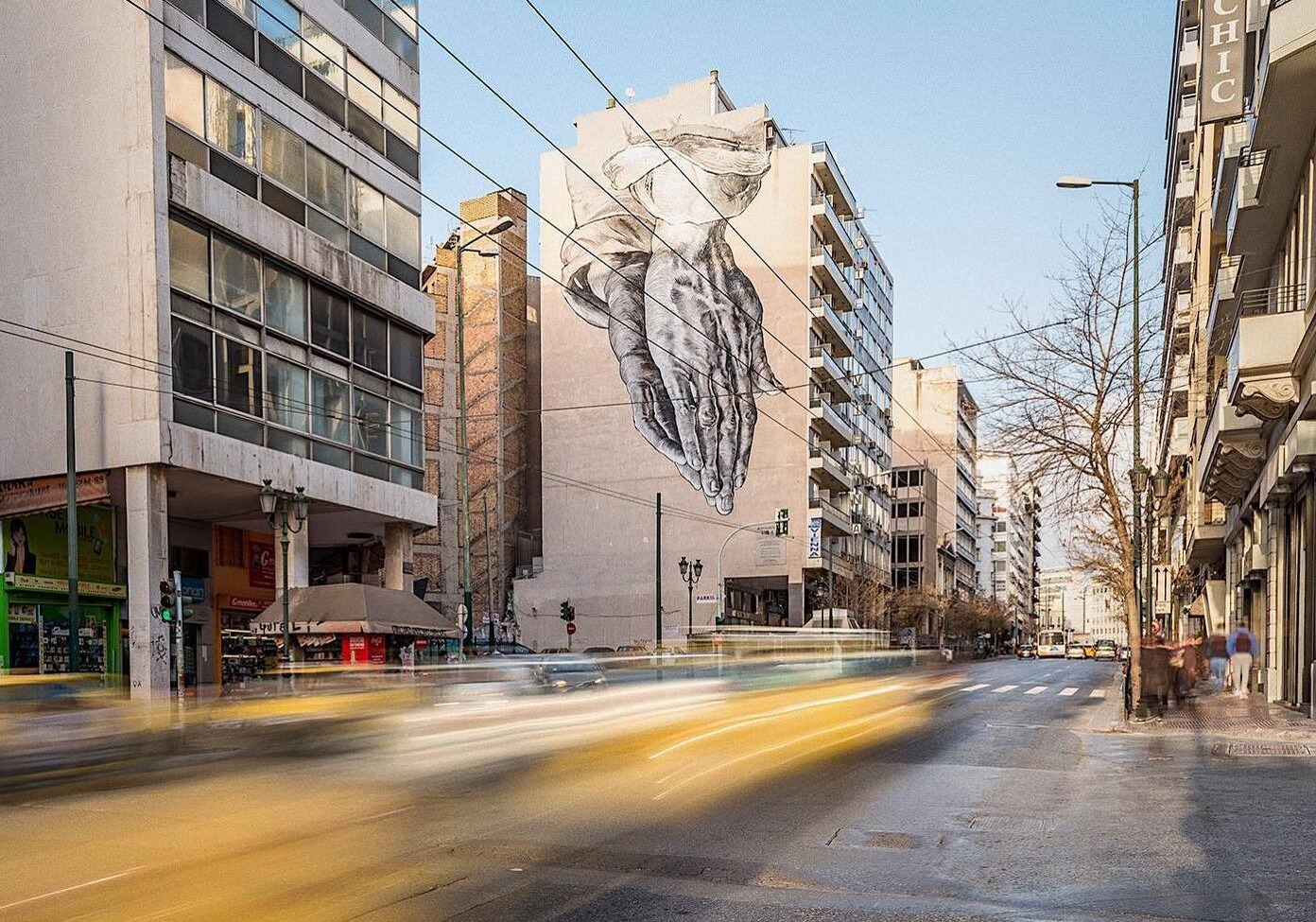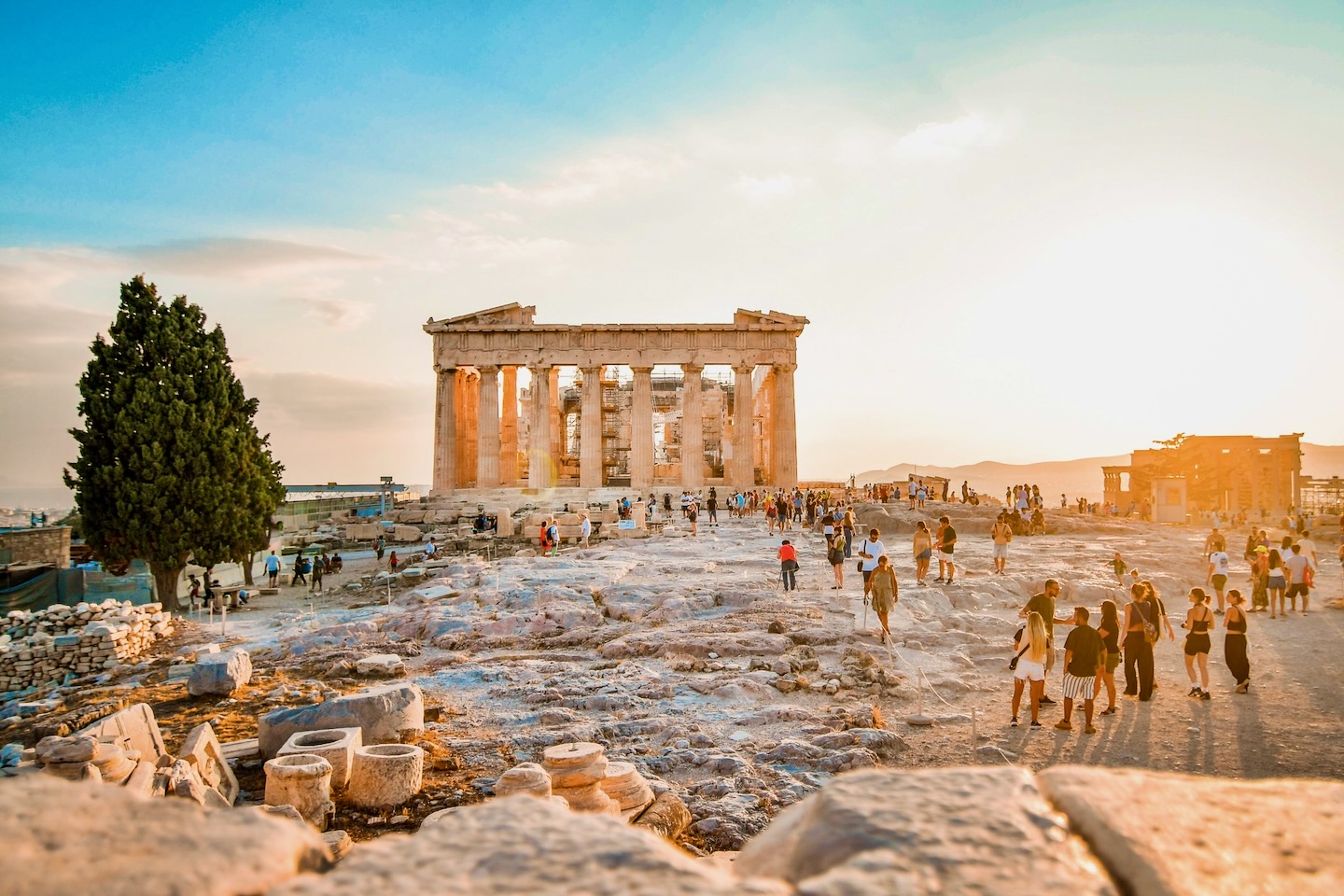In Athens, where every stone tells a story, the city’s museums stand as modern temples to memory and meaning. The New Acropolis Museum leads this cultural procession, its crystalline galleries housing treasures from antiquity’s golden age. Here, the ancient speaks in marble and bronze, while the celebrated Caryatids keep their eternal vigil, one sister’s absence a silent testament to history’s complexities.
Beyond the Acropolis’ shadow, the Museum of Cycladic Art unveils the mysteries of Bronze Age Aegean, its collection of marble figurines embodying an aesthetic that influenced Picasso and Modigliani. The Benaki Museum, nestled in an elegant neoclassical mansion, weaves a rich tapestry of Greek heritage from antiquity to the present day.
For those seeking contemporary dialogues, a triumvirate of modern spaces – EMST, Goulandris, and the National Gallery – showcase how Greek creativity continues to evolve. Together, these institutions form a constellation of culture where past and present converge, offering visitors not just exhibits, but portals through time.
01
The New Acropolis Museum
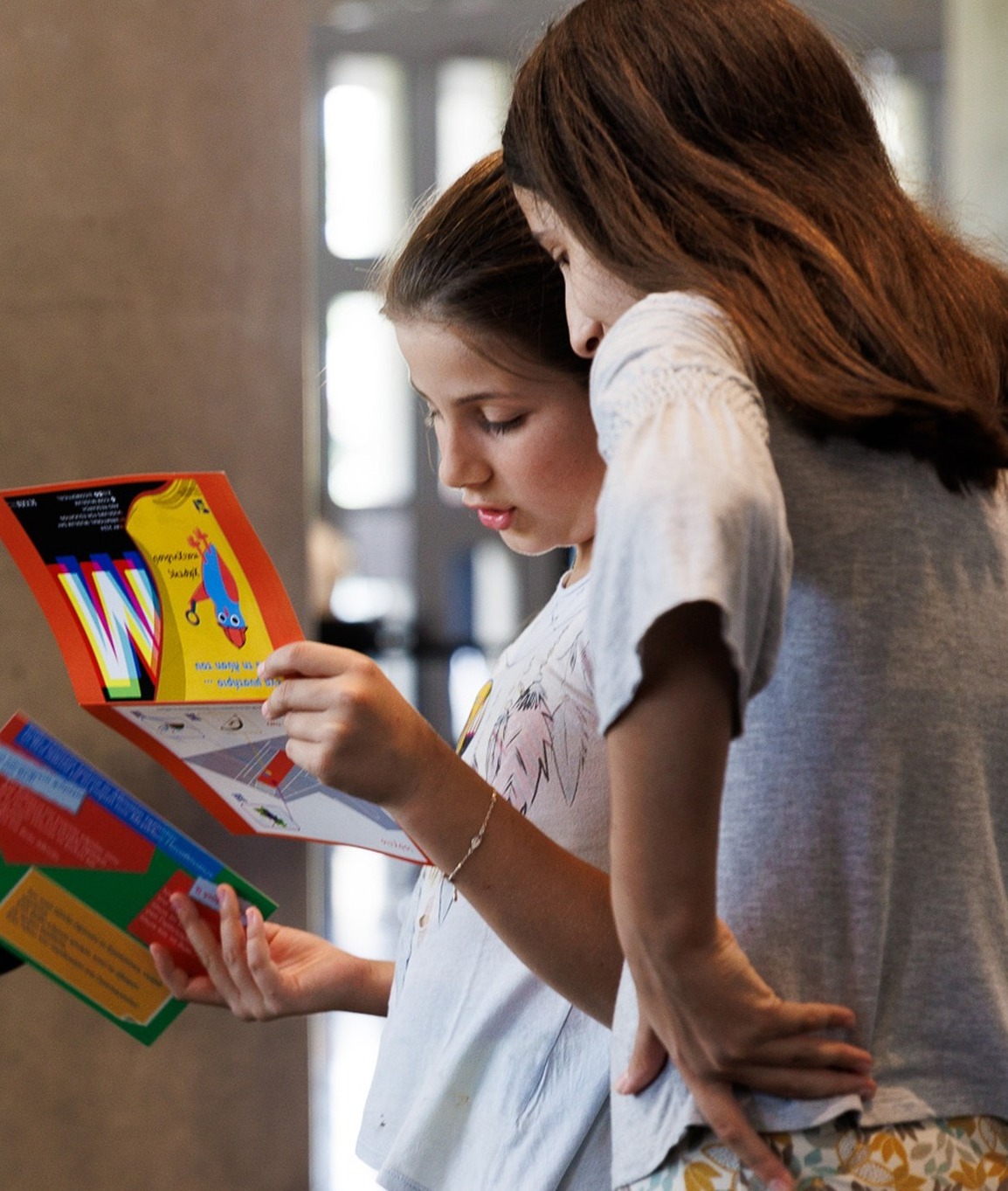
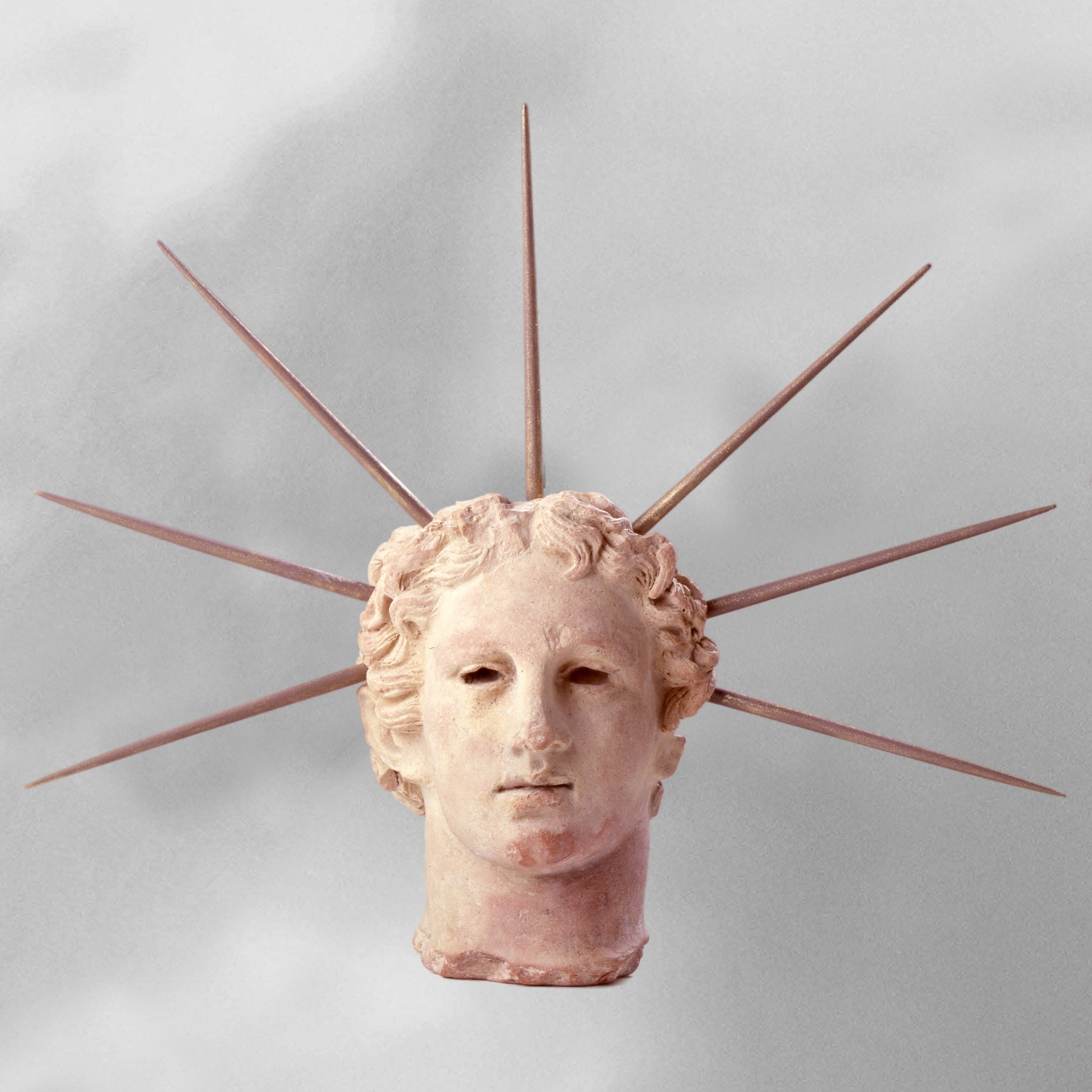
Internationally regarded as one of the most complete and modern museums of its kind in the world, the New Acropolis Museum is strikingly unique. In many places the floor is transparent, leaving excavation sites below in plain view. The first of the museum’s three floors is home to items from the slopes of the Acropolis. The second houses collections of objects from the Archaic period of Athens (7th century BC to 480 BC) and the third presents exhibits from the excavations and restorations carried out on the monuments of the Acropolis.
On the third floor too, visitors can see what the sculptural decoration of the Parthenon would have looked like at the time of its creation. The temple’s original architectural pieces, the metopes and pediments, are displayed alongside replicas of marbles that have been destroyed or are held in museums abroad. The museum restaurant-cafe, both indoors and on a terrace under the Acropolis, serves Mediterranean cuisine. Guided tours are available, and kids are treated to educational ‘treasure hunt- experiences.
15 Dionysiou Areopagitou St
02
The National Archaeological Museum
The museum is a must-see for any history buff and culture lover. Showcasing over 20,000 permanent artifacts, it offers an in-depth journey through Greek civilization from its earliest beginnings to the end of ancient times.
Housed in a grand, neoclassical building from the late 19th century, the museum’s 8,000 square meters of exhibition space holds five permanent collections: the Prehistoric Collection, the Sculptures Collection, the Vase and Minor Objects Collection, the Metallurgy Collection, and the Egyptian and Near Eastern Antiquities Collection. The museum welcomes thousands of visitors each year and offers guided tours for people with hearing impairments.
44 Patission St
03
The Benaki Museum
Originally the neoclassical residence of the Benaki family, since 1926 the museum offers a titillating visual journey through history and art, with Greece at its centre. Its 36 rooms travel visitors through different eras, showcasing everything from ancient gold bowls and Byzantine icons to Lord Byron’s pistols, and brilliantly illustrating the many facets of Greece’s rich past. Its elegant interiors contain a fascinating collection ranging from prehistoric, ancient Greek and Roman art and post-Byzantine and Neo-Hellenic art to Chinese, Korean, Coptic and Islamic art, as well as modern pieces that reflect the breadth of Greek civilisation as well as influences from abroad.
This may be the original museum, but it is not the only Benaki Museum in Athens; there are also an avant-garde annex on 138 Pireos Street, the Museum of Islamic Art in Kerameikos, and the Toy Museum in Faliron.
1 Koumbari, Kolonaki
04
The Museum of Cycladic Art

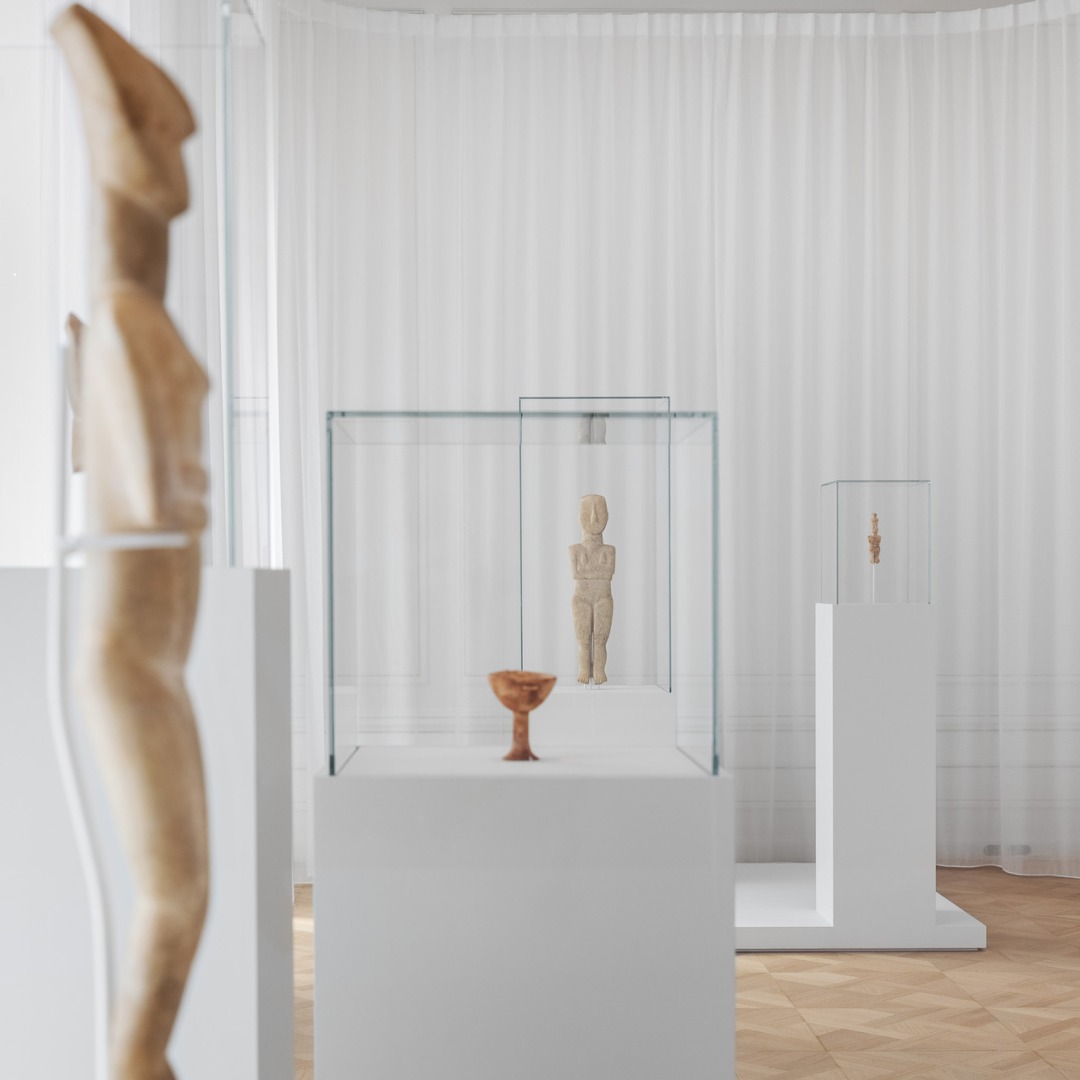
This museum is housed in two separate buildings connected internally, the main building and the neoclassical gem Megaro Stathatos. Located in the heart of Athens, the museum is a vibrant cultural institution dedicated to showcasing the ancient cultures of the Aegean and Cyprus. With a particular focus on Cycladic art dating back to the third millennium BC, it offers a wide range of temporary exhibitions that explore archaeology as well as contemporary art, giving visitors the opportunity to learn about notable 20th and 21st century artists and the synergies between ancient cultures and modern art.
Visitors can explore an impressive collection of over 3,000 artefacts of Cycladic, ancient Greek, and ancient Cypriot art, which provide insight into the cultural developments and interactions that occurred in the Aegean and Eastern Mediterranean from the 4th millennium BC to the 6th century AD. Programs promoting education and creative expression in children run here throughout the year, and group tours can be organized, including for visually impaired individuals.
4 Neophytou Douka, Syntagma
05
The National Gallery
The new National Gallery of Athens Alexandros Soutsos Museum reopened in 2021 after a €60 million renovation – and a long wait for art-loving Athenians – in a state-of-the-art building, now occupying 20,760 square metres – almost twice its previous size. An essential stop for culture vultures, the three-storey space not only showcases an awe-inspiring collection of western European art but also more than 20,000 works of Greek paintings, sculptures, engravings and other forms of art from the post-Byzantine times until today.
The collection includes an incredible array of artworks by modern Greek painters, all presented in a calm, minimalist setting with atmospheric lighting. Exhibitions include Post-Byzantine Art, the Painting of the Independent Greek State, the Bourgeois Class and its Painters and Around 1900 to Modernism and Tradition, Greek Interwar Printmaking and Modern Greek Art.
50 Vasileos Konstantinou St, Ilisia
06
National Museum of Contemporary Art (EMST)
Located in a former brewery building in Koukaki (near the Syngrou Fix metro), just a short walk from the Acropolis, the ultra-modern museum is known for promoting innovative and experimental artistic movements. With paintings, 3D artworks, installations, photography, new media, architecture and industrial design, visitors are stimulated during an exploration of visionary modern thought.
Widely known as EMST, the museum stimulates reflection on timely as well as timeless themes and demanding topics of our world. There are regular temporary exhibitions but the permanent collection of 172 works from 78 international and modern Greek artists is the major attraction.
Kallirois Ave & Amvr. Frantzi St, Koukaki
07
The Byzantine and Christian Museum
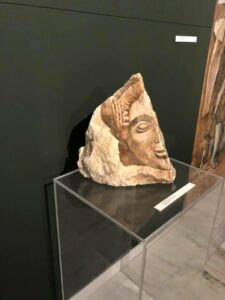
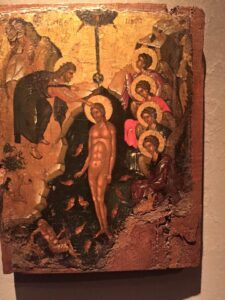
Once the winter residence of the Duchess of Plaisance, the main building, designed by the acclaimed architect Stamatios Kleanthis, resembles a Tuscan Renaissance villa and was completed in 1848. Showcasing religious artefacts from the Early Christian, Byzantine, Medieval, post-Byzantine and later periods, the museum presents over 25,000 artifacts dating from between the 3rd and 20th century AD.
Here visitors can access a treasure trove of Byzantine and post-Byzantine art and culture, artefacts from throughout the Greek world, as well as regions where Hellenism flourished. Remarkable iconsography, religious relics, sculptures, frescoes and more are presented. The museum aims to exhibit but also acquire, preserve, research, and educate about the artifacts on display.
22 Vasilissis Sofias St
08
Basil & Elise Goulandris Museum
Near the Panathenaic Stadium, the museum showcases a prized collection worth three billion dollars, which includes Impressionist, Modernist, and post-war avant garde art. The permanent collection features jaw-dropping works by the likes of Cezanne, Van Gogh, Picasso, Gaugin, Monet, Degas, Rodin, Toulouse Lautrec and Monet as well as acclaimed Greek artists such as Hadjikyriakos-Ghika, Tetsis, Tsarouchis and Moralis.
Developed over 30 years, the museum’s collection is presented on floors dedicated to Western art from the 19th and 20th centuries and Greek art from the last century. The museum includes a cafe, a gift shop, and a library housing about 4,500 art books. Wheelchair access to the Foundation is easy and the building has spacious lifts, which allow access to all areas.
13 Eratosthenous st, Pangrati



